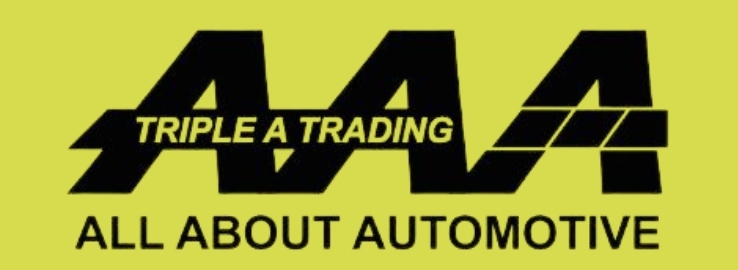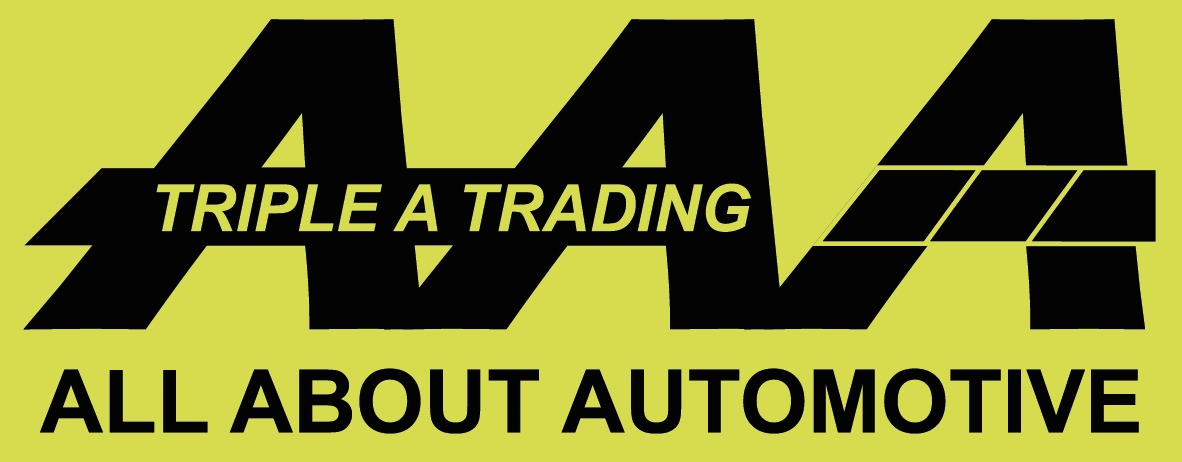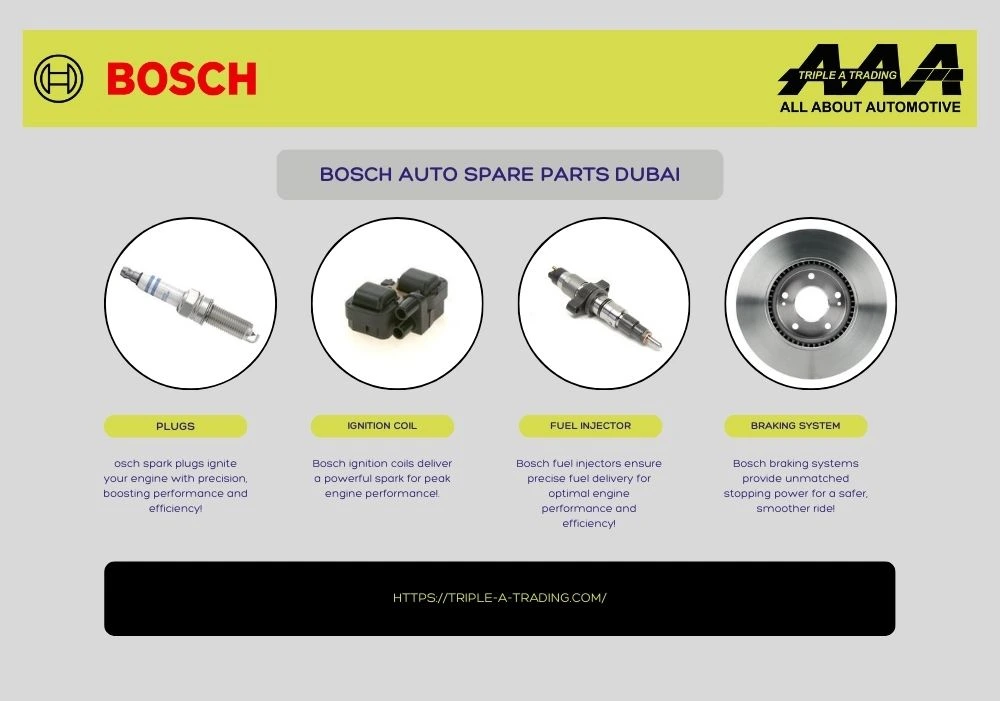There are a great number of car owners out there who don’t consider check maintenance a priority—until something goes wrong. Do not make this error. When you bang the brake pedal, a complicated network of auto spare parts wholesalers Dubai springs into the deed. In order for the system to retain functioning properly, sure pieces must be replaced at consistent intervals. Among those units, the ones that you’ll doubtless be switching out the most often are your scrub pads.
Signs You Need New Brake Pads
1. You hear a Squealing Noise
You’re out moving with the radio off and the windows furled up. In the comparative quiet, you hear a faint scratching, squealing, or abuzz sound. You also notice that, whenever you punch the brakes, that mysterious sound goes away, only to homecoming again as soon as your foot comes off the brake treadle. What’s going on here?
Today, most—but not all—brake scratch pads are manufactured with a built-in “wear guide.” The sole motive behind these things is to release that unpleasant screech you just perceive. Wear indicators are metal tabs placed near the top of a typical brake wad. When the brake pad itself sports down to a dangerous size, the indicator will grate against the rotor. This generates a distinctive grating sound that warns the driver that his or her current brake wad is at risk of eroding away altogether.
2. You hear a clicking noise
In some cars, the brake pads fit snugly into an exceptional holding gadget. Other vehicles retain them fixed with clips, bolts, or tack. At all rates, the ordinary goal behind these drawings is to keep the brake pads from teetering around. If they become loosened somehow (maybe after a part of the surrounding hardware gets discredited), they’ll begin to clatter. What then results is a clicking sound that rings out whenever the brake treadle is pushed or liberated.
3. Bringing the car to a stop grab more time than it used to
This difficulty has a name and that name is “brake fade.” More often than not, it’s the straight result of intentionally appealing the brakes over a vast distance without bringing the car to a brimful stop. From time to time, such a maneuver might be required, particularly when moving down a mountainside or over a meandering road. However, if this is something you do regularly—say, if you live in a hilly region where you must regularly drive downhill—it will take a charge of your braking mechanism over time. By constraining the brake pads to make proximity with the rotors for a long, uninterrupted time, both parts will warm up. In the process, their capacity to create needed friction against each other is decreased over time. As a result, you’ll assert that your car won’t come to an entire stop as rapidly as it once did.
4. The sound of your car pulling one side when you brake
Your vehicle’s curb pads won’t always use out at the exact same level. Sometimes, those on one side will acquire thinner faster than their counterparts on the other wing. Should this happen, the car may pull faintly to the left or right once you blow the breaks. Leave the problem unchecked, and you’ll put unnecessary stress on your steering rack (asset your vehicle’s ball joints, steerage knuckles, and wheel posture). Buying brake system parts in Dubai probes the difficulty immediately.
Note that brake pads might not definitely be the cause behind this definite symptom. It may also shoot from such other issues as uneven tire load, a broken wheel bearing, or a malfunctioning check caliper. With that said, if unevenly shabby brake pads actually are the culprit, two latest sets should be installed in one meeting.

 +971 50 443 1871
+971 50 443 1871







